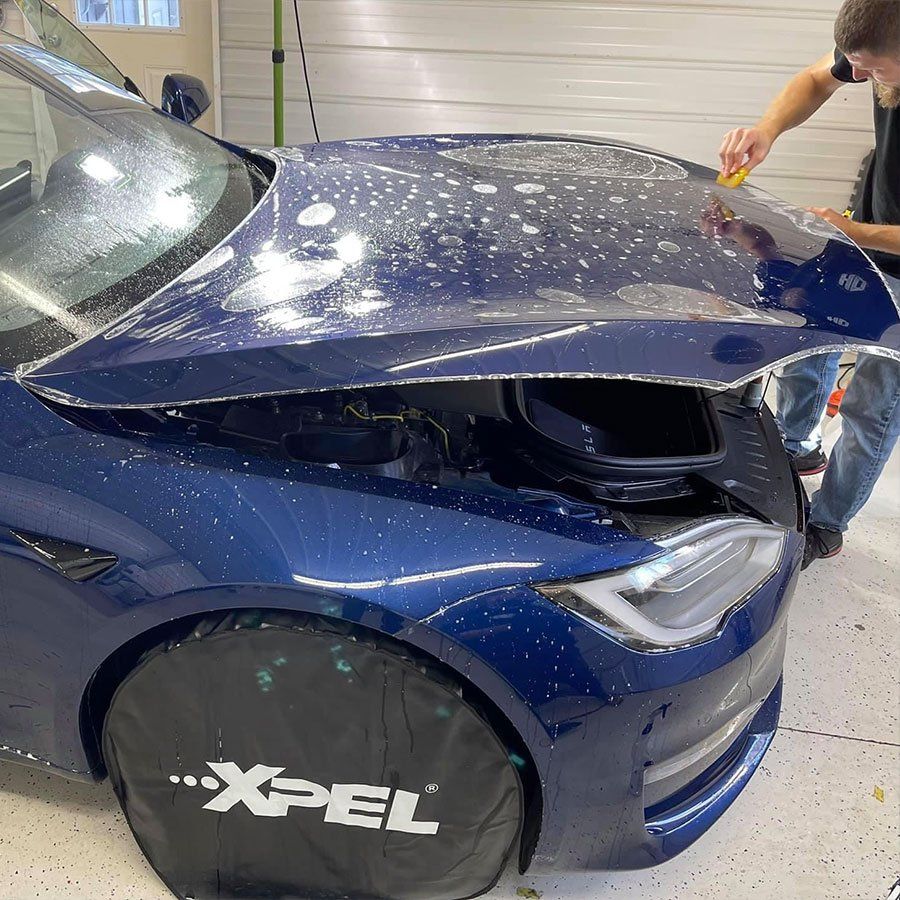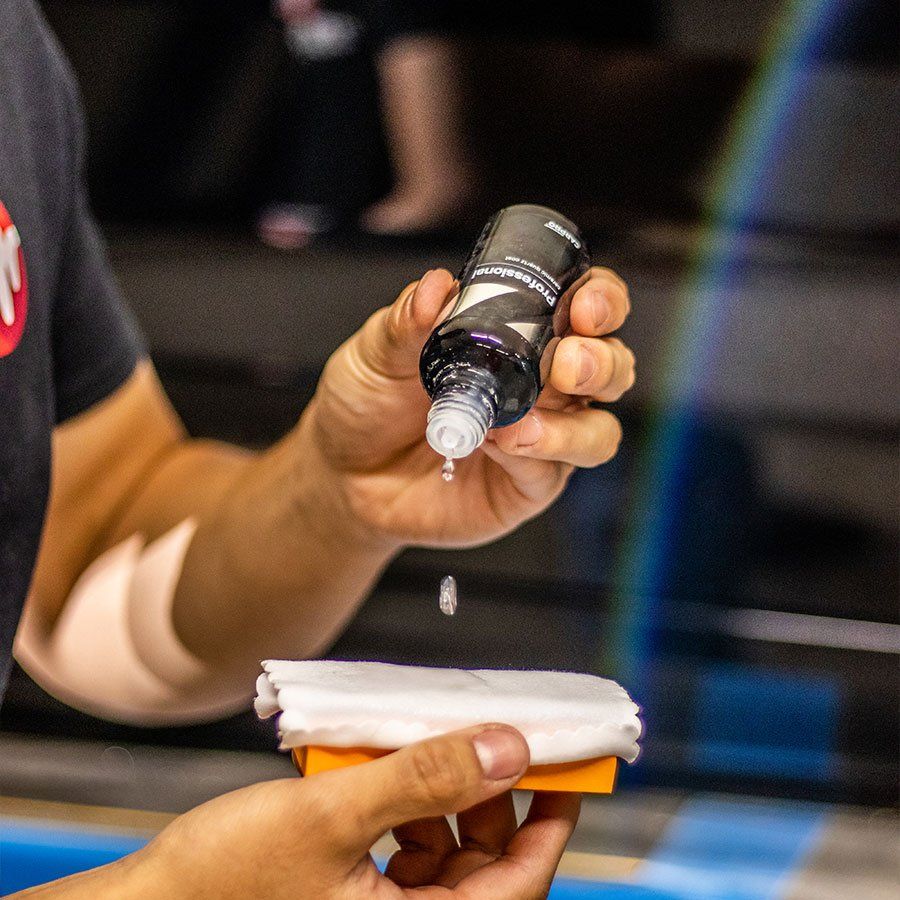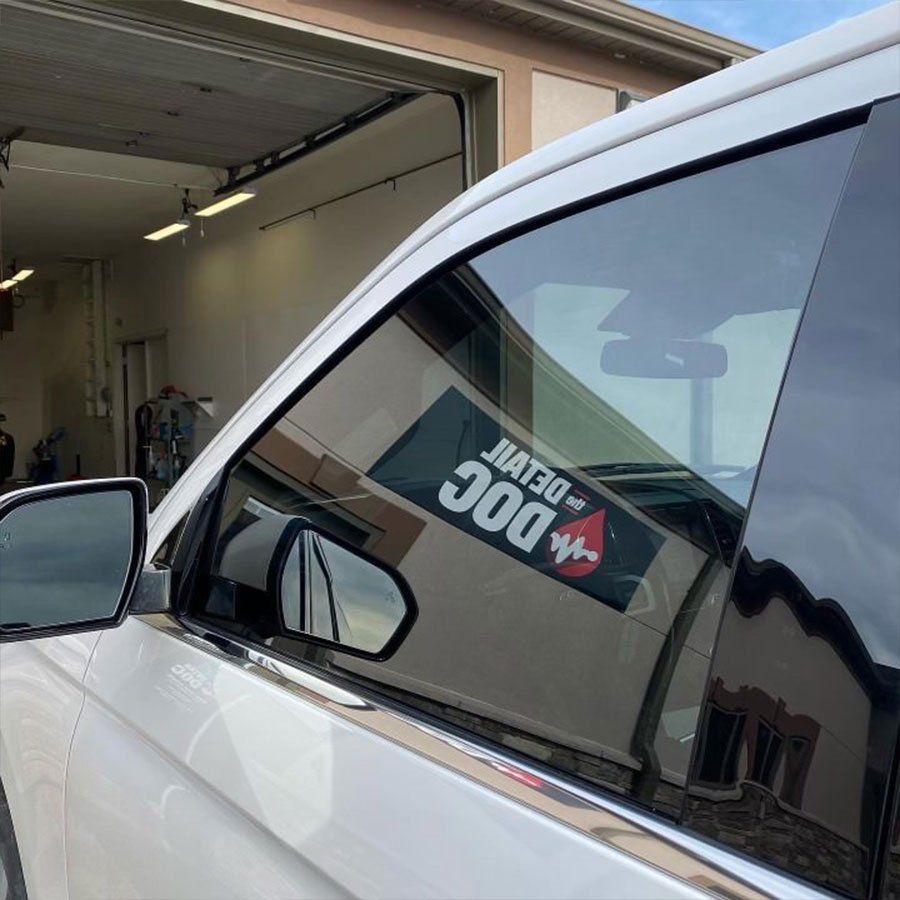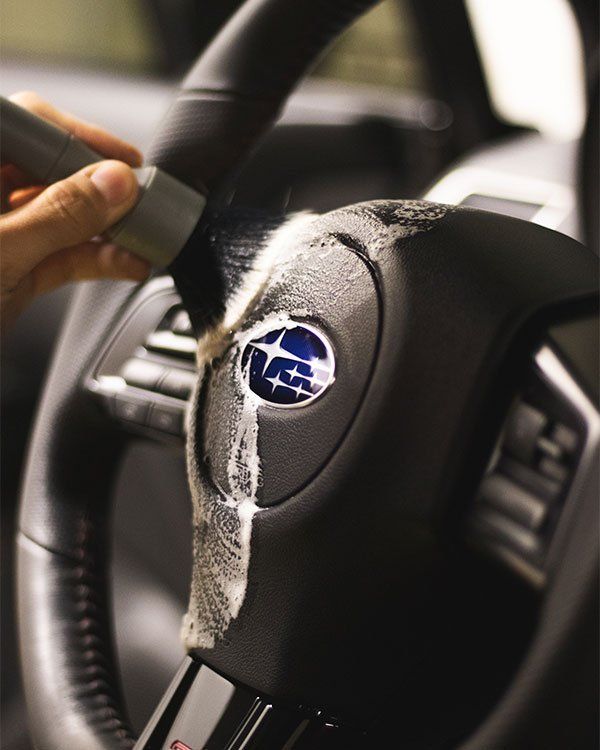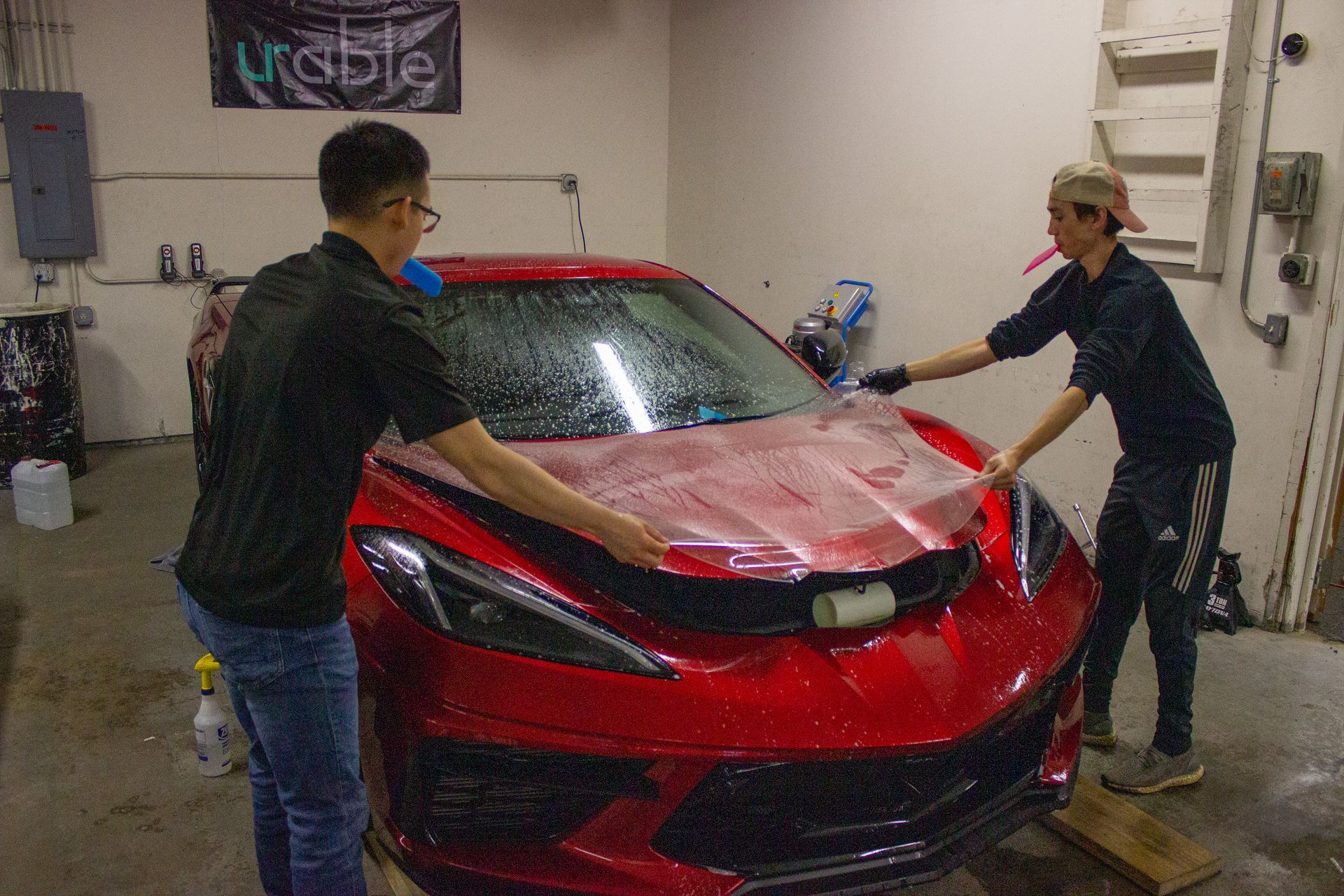The Detail Doc Blog
Does Paint Protection Film Really Change Color?
(989) 244-0505 GET SCHEDULED NOWYou've seen them before, driving around town with a gleaming skin of protection applied to their car's exterior, seemingly impervious to dirt, debris, and the slow march of time. We're talking, of course, about paint protection films—but have you ever noticed that, over time, some of these films appear to change color? If you've ever wondered whether paint protection films truly do change color, you've come to the right place. In this blog post, we'll explore this phenomenon and answer the question: does paint protection film really change color?
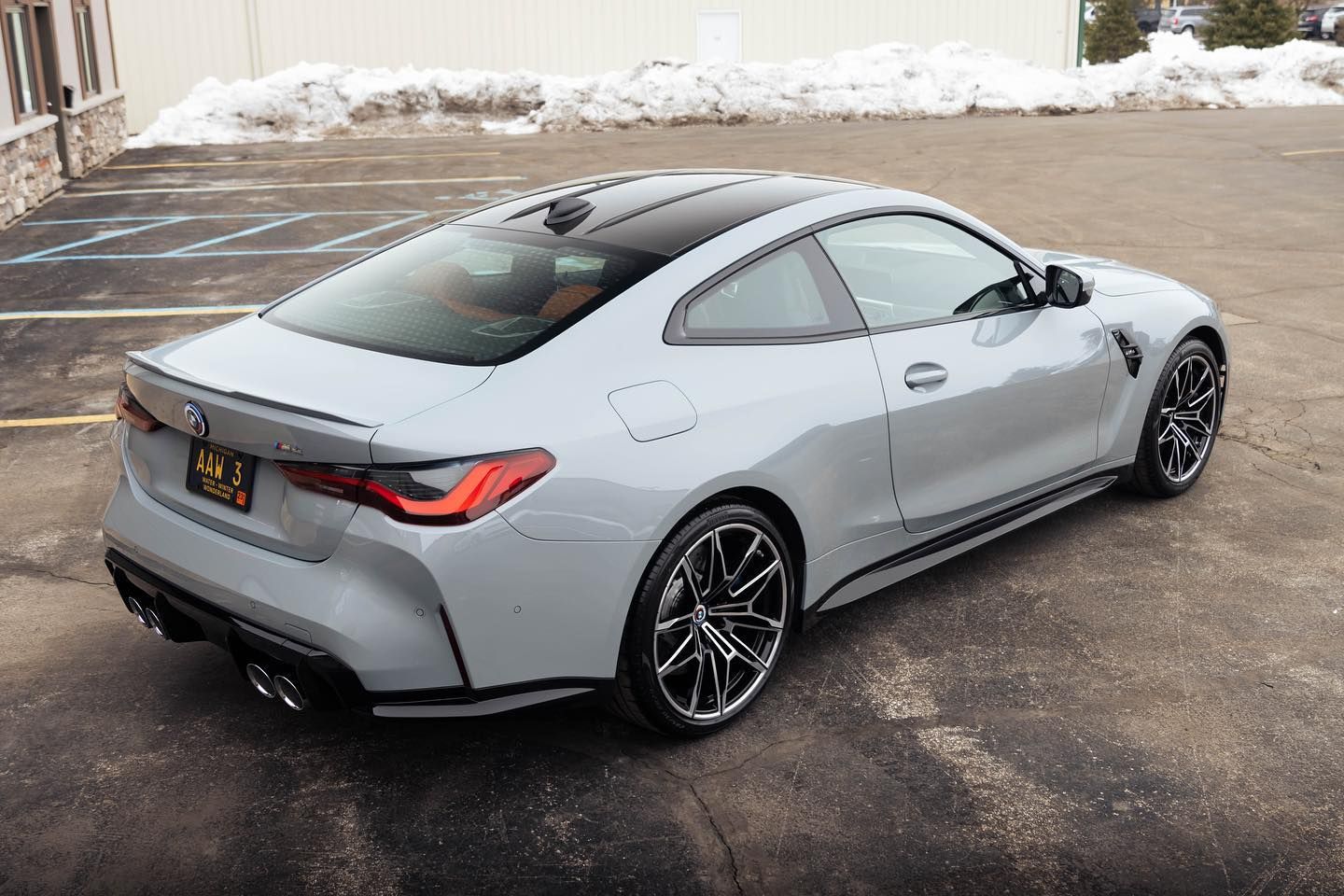
How Do Different Film Types Change Color?
When considering the aspect of how different types of paint protection film change color, it is clear that many variables need to be taken into account. Some individuals will argue that the type of film is relatively insignificant when it comes to the topic of color change and will point to factors such as sunlight exposure or chemical treatments as the main cause. Meanwhile, others believe that certain paint protection films are more prone to changing colors than others.
Those in favor of examining different types of film, for example, will frequently point out that premium quality films made from acrylic resin tend to be the most colorfast over time. This is often due to these films’ low rate of shrinking after they have been applied. On the other hand, cheaper options like urethane films may rapidly shift in color due to their poorer stretching properties.
Ultimately, what effect the different types of films have on color change is a highly controversial topic and requires further exploration before any consensus can be reached. However, with so many factors contributing to color change, the type of film used as well as other environmental factors undoubtedly play a role.
As important as it is to select the right type of
paint protection film for continued vibrancy in color over time, equally important are the conditions under which that film must be applied and maintained moving forward. That being said, while talking about all the potential ways different films may change colors by themselves is important, it is also critical to consider external factors such as temperature, humidity, and chemicals during installation procedures and beyond. Such considerations will go a long way towards helping ensure those beautiful colors stay put for years to come.
Factors That Affect Color Change
There are numerous factors that can influence the color-changing process when it comes to paint protection films. It's important to understand these in order to ensure optimal preservation and protection of your vehicle's paint job.
Age
First, age plays a role in how much a film changes over time. The color will change more drastically over time if the film wasn't properly cared for or if its thinness caused it to not last as long as needed. Newer films are designed to resist cracking and buckling, so this should be taken into account when considering which type of film is best for your vehicle.
Chemical Makeup
The chemical make-up of a paint protection film also impacts how it reacts to the elements. Some films are made to be more resistant to UV rays and changes in the weather, while others may be made just for car washes and other car detailing services. As a result, certain films may naturally change color more slowly over time than others, but no paint protection film is immune to the effects of aging.
Environmental Effect
The environment has a lot to do with how quickly color change occurs. Discoloration will occur faster in areas with higher heat and sunlight than in mild climates, regardless of the type of film used. Therefore, it's important to take extra steps to protect your vehicle from excessive exposure if you're planning on keeping it looking like new for years to come.
Temperature and Sunlight Exposure
Temperature and sunlight exposure are two other factors that influence how quickly a Paint Protection Film (PPF)'s color can change. While it may seem intuitive that PPF colors would become more vibrant when they’re exposed to direct sunlight, some experts have argued that temperatures have little effect on the change in colors.
Proponents of this argument point out that experimenting with different synthetic polymers reveals that ultraviolet radiation has a stronger influence than heat when it comes to coloring PPF. That said, factors like temperature and humidity can still cause some oxidation, which could discolor PPF film over time.
Even so, there is evidence of enhanced pigmentation when PPF films are subjected to several consecutive hours of UV light. Manufacturers recommend installing the product indoors, away from direct sunlight and bad weather, to keep the colors looking their best.
Experts have different ideas about how temperature and exposure to sunlight affect the brightness of the colors in paint protection film. No matter what you think, it's important to take all the right steps when installing these products to keep them from fading.
- According to one study, the UV resistant properties of paint protection film only decrease by 1% after being exposed to UV light for 2,000 hours.
- Tests have shown that the thickness of a high-quality paint protection film can decrease by up to 4-5% over its lifetime.
- A study published in 2019 found that the top quality paint protection films can keep vehicle paint from fading or discoloring up to 99.95% of the time.
Role of Paint Protection Film Installers
When it comes to paint protection film, you can't say enough about how important reliable installers are. Professional installers are those who have completed and passed a manufacturer- or distributor-approved training and certification program for installers. Research extensively and look for trusted reviews before deciding who to hire. After all, the right installer will do the job precisely with no random air bubbles left behind—and such mistakes can be expensive down the road.
When it comes to the quality of paint protection film installations, there are a wide range of standards that range from the very basic to the highest quality control measures. These standards typically include not only proper cleaning and treatment of the vehicle's surface prior to installation, but also a series of inspections throughout the entire process. This includes pre-installation visual inspections upon delivery of all supplies and materials, as well as post-installation visual inspections after the complete installation is done.
Before settling on an installer for your project, it's important to understand all aspects related to installing and maintaining paint protection film, from types of installers to quality control standards, in order to make an informed decision about who to hire for the job.
Contact The Detail Doc
Installing professional-grade paint protection film necessitates specialized training and credentials. And we at The Detail Doc are sure that we have all the skills needed to install paint protection film in the best way. We can ensure that your automobile will remain in excellent condition for a long time after we install paint protection film. Do not hesitate to contact us for additional information!

